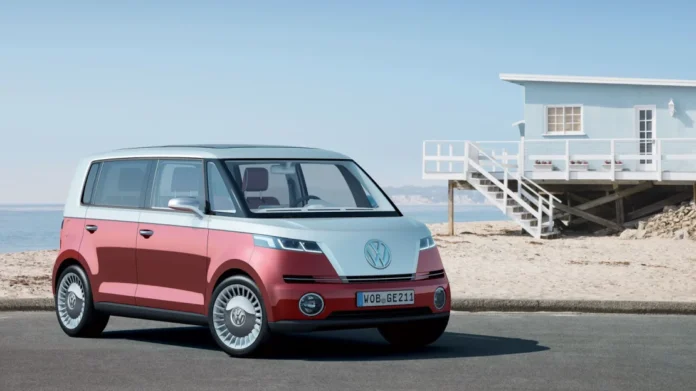From John Mcllroy at CNN:
“Mark Twain once said: ‘There is no such thing as a new idea. It is impossible. We simply take a lot of old ideas and put them into a sort of mental kaleidoscope. We give them a turn and they make new and curious combinations.’
There is plenty of evidence that the wider automobile industry is as fixated on its past as it is its future.
Volkswagen, that most mainstream of car brands, couldn’t let its 21 million-selling Beetle lie – so almost 60 years after the original entered production, the German brand started building a pastiche of it, called the New Beetle.
…It, in turn, spawned its own successor, which is still on sale today. And VW hasn’t stopped there; at least one of its forthcoming range of pure-electric vehicles is going to be a silent-running tribute to the iconic Microbus…
VW’s chief designer Klaus Bischoff is the man responsible for the snail-like pace of styling evolution on cars like the Golf.
But he believes that autonomous tech and electric powertrains could be such a liberating factor that they may even halt the inexorable rise of the SUV.
“Maybe SUVs will start to look old at some point,” he says, “and people will point at them and say, ‘He’s driving a dinosaur.’ We don’t see that now, but I strongly believe that we’re going to see much different vehicles when we get to Level Five [full] autonomy, and then it becomes much more open. All-electric platforms will help too; the new packaging, where you just have a platform with the wheels in the corners, is also paradise for designers. We can move things around; it gives us a lot of fun.”

It is in these areas where we see designers really at play – embracing the moment where their bosses will stop selling cars and start selling ‘mobility solutions.’”
Analysis
“No such thing as a new idea” is something that is very important to practice in design. We won’t be able to make something out of nothing, and the faster we can accept that the faster we can be inspired by what has been made, and understand how it can be changed to invent what our future could look like. For the automotive industry, this is especially important because of how rich of a design history it has. There are a number of reasons why newer cars look different from older ones, but they come from the same line and the same history. When we look forward to the future of design in this industry, Klaus Bischoff puts it perfectly in his article. The faster we can detach ourselves from what a car is, and just design around mobility while taking inspiration from the past, the sooner we can reach his so-called “paradise for designers”.




